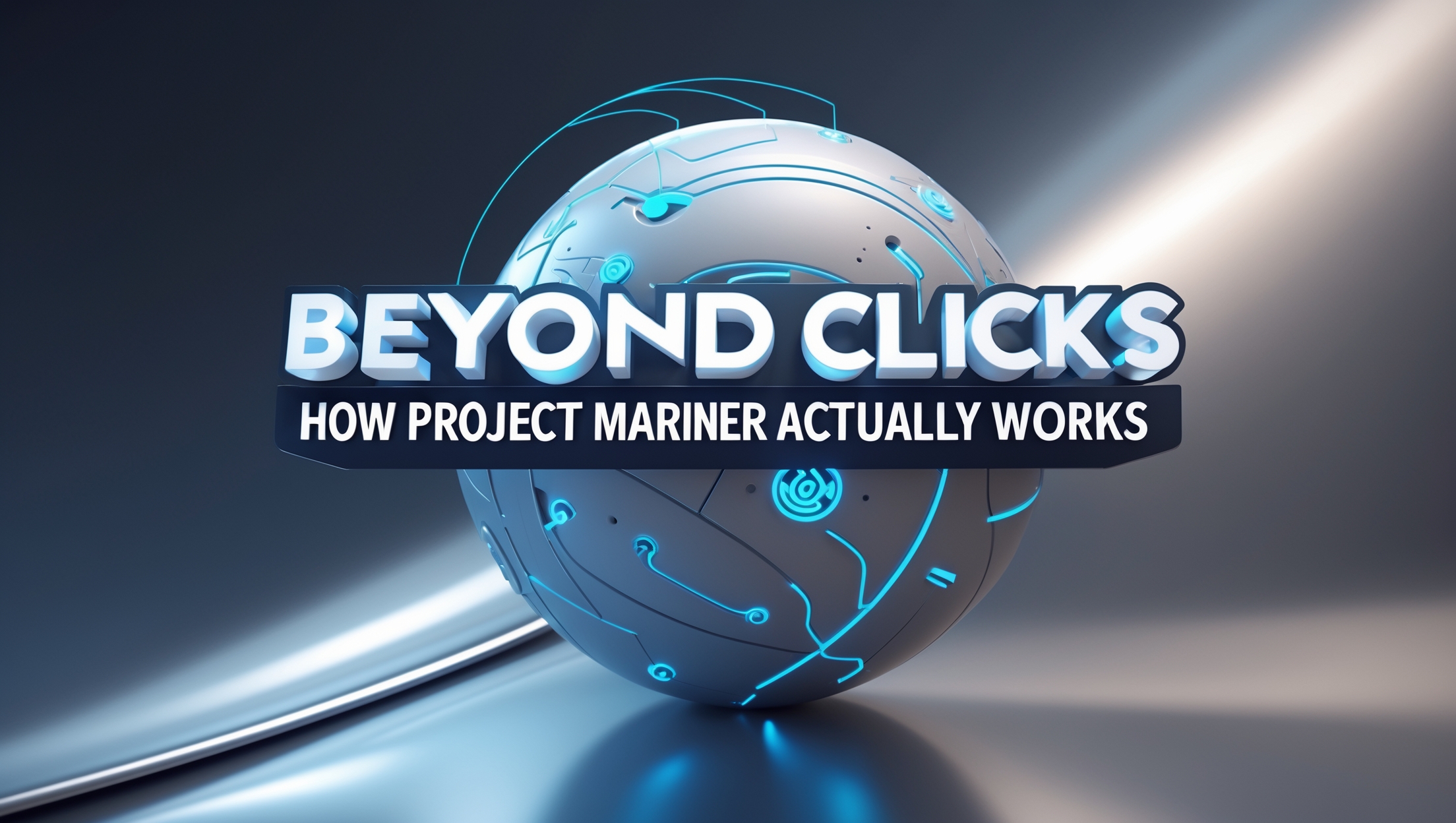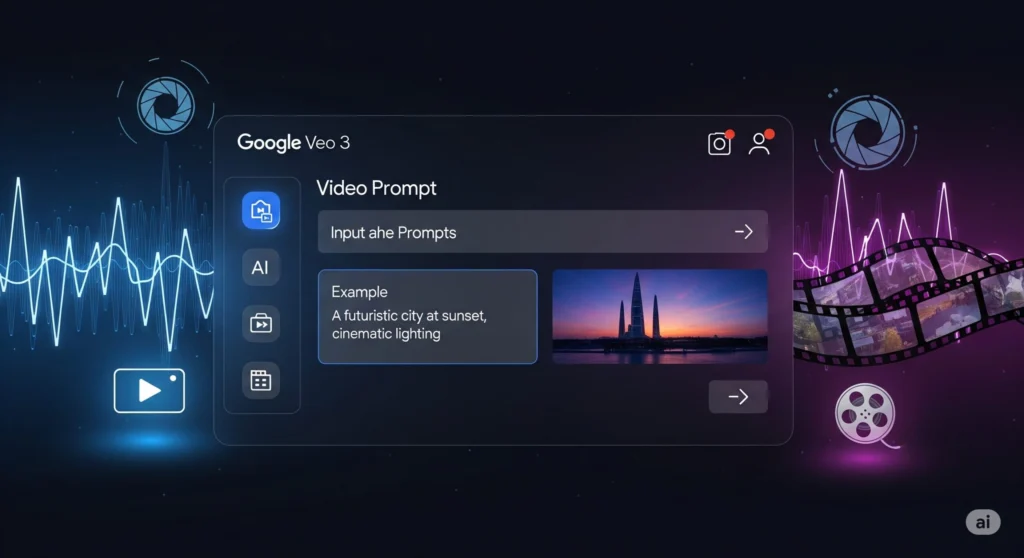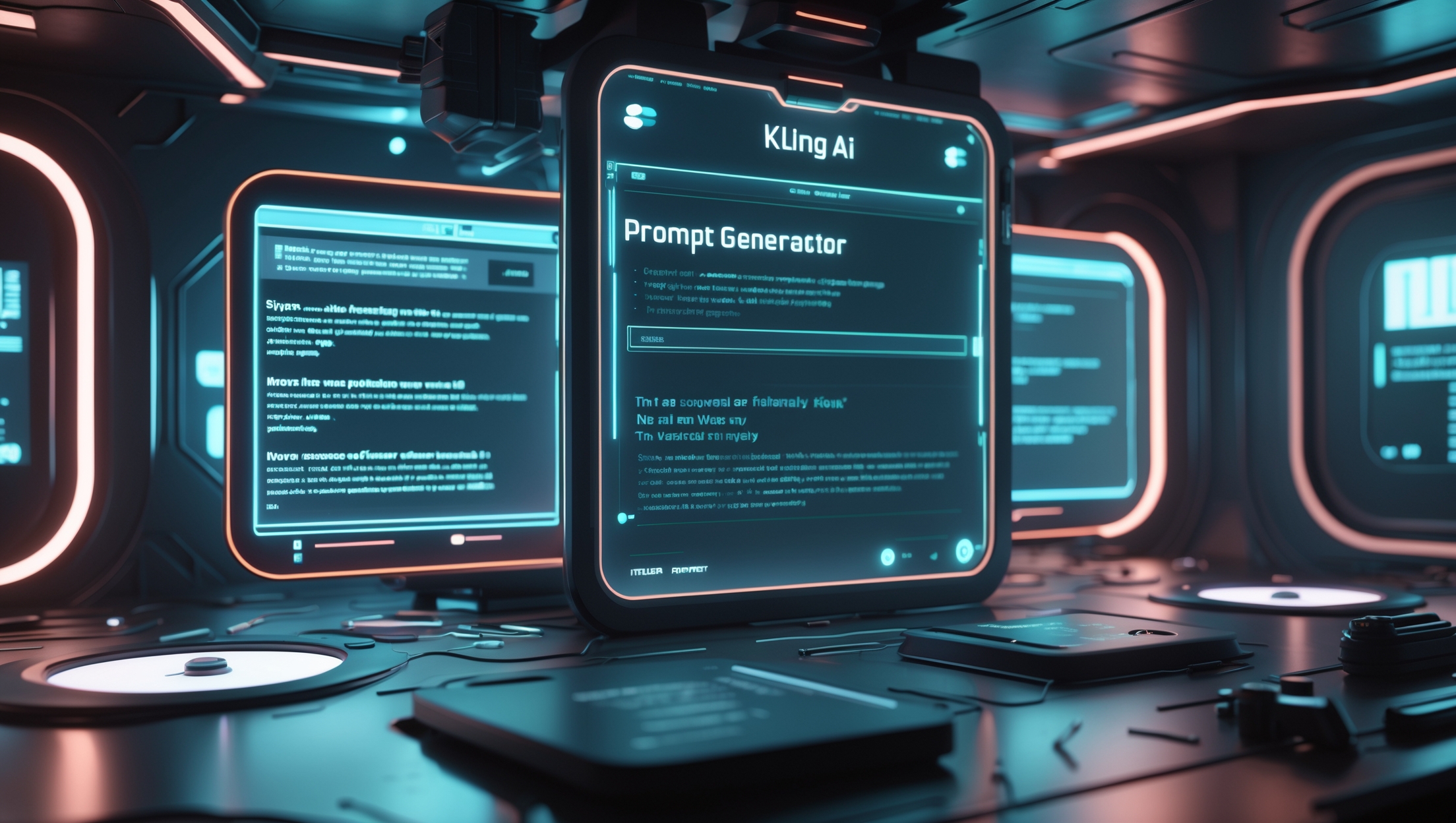Table of Contents
Let’s be honest. For all its wonders, the internet can be a grind. Think about your daily routine: toggling between tabs, filling out the same forms over and over, comparing prices across five different sites, and manually sifting through job boards. Each click, each copy-paste, is a tiny drop in a massive bucket of wasted time.
What if you could just… stop? What if you had a brilliant assistant who understood your goals and could handle all that digital legwork for you?
That’s not a far-off fantasy anymore. That’s the promise of Project Mariner, a groundbreaking AI agent quietly being developed by the wizards at Google DeepMind. This isn’t just another chatbot or a clever search feature. It’s a fundamental reimagining of how we interact with the web, built to run on Google Chrome and act as your personal, automated web navigator.
Powered by Google’s next-generation Gemini 2.0 model, Project Mariner is designed to take your instructions—spoken or typed in plain, natural language—and execute complex, multi-step tasks across the internet on your behalf. It’s a glimpse into what Google calls the “agentic era” of AI, a future where AI doesn’t just find information for you, it gets things done for you.
Beyond Clicks: How Project Mariner Actually Works

To understand why Project Mariner is such a leap forward, we need to look under the hood. It’s not simply running a script or a macro. It’s observing, reasoning, and acting in a cycle that mimics human intelligence. The entire process is a sophisticated three-part dance.
Step 1: It Observes (And Understands)
First, Project Mariner doesn’t just “read” a webpage; it perceives it. Using its advanced multimodal capabilities, it analyzes everything on the screen simultaneously. This includes:
- Text and Code: It reads the visible text, but also understands the underlying HTML and CSS structure to know what’s a button, what’s a form field, and what’s just static content.
- Images: It can see and interpret images, understanding their context within the page.
- Structure and Layout: It grasps the visual hierarchy, recognizing menus, footers, and interactive elements.
This deep, holistic understanding allows it to build a comprehensive picture of any website it visits, just like a human would, but with the analytical power of a supercomputer.
Step 2: It Plans (With Surprising Logic)
This is where the real magic happens. Once you give Project Mariner a goal, like “Find me a weekend job as a barista in my neighborhood,” it doesn’t just blindly start clicking. It uses its reasoning engine to formulate a high-level strategy. It might break the goal down into smaller, actionable steps:
- “Okay, I need to find out the user’s neighborhood. I’ll check their saved profile information.”
- “Next, I’ll navigate to a popular job search website like Indeed or a specialized one.”
- “I’ll input ‘barista’ into the search bar and the user’s neighborhood into the location field.”
- “Then, I’ll apply a filter for ‘part-time’ or ‘weekend’ availability.”
- “I will review the results, discard any that don’t match, and present a curated list to the user.”
Crucially, Project Mariner is designed to be transparent. It can show you its plan, explaining why it’s taking certain steps. This builds trust and allows you to intervene or make adjustments if its strategy isn’t quite right.
Step 3: It Acts (And Gets the Job Done)
With a solid plan in place, Project Mariner executes. It takes control of the mouse and keyboard within a secure, virtualized browser environment and begins navigating the web. It clicks buttons, types in forms, scrolls through pages, and moves from one site to another to complete its mission. All the while, it provides you with progress updates, so you’re never left in the dark. It’s the ultimate “set it and forget it” tool for the web.
Putting Project Mariner to Work: Real-World Scenarios
This all sounds impressive, but what does it actually mean for you? Let’s move from the theoretical to the practical. Here are just a few ways Project Mariner could revolutionize your daily digital life.
The Hyper-Personalized Job Hunt
Tired of uploading your CV to dozens of job sites? Imagine this: you simply point Project Mariner to your resume file. It reads your work history, skills, and preferences. Then, it autonomously scours sites like LinkedIn, Glassdoor, or niche boards like Climatebase, filtering for roles that are a perfect match. It can even begin the application process for you, filling in the repetitive information and flagging the jobs that require your unique input. The hours spent on a soul-crushing job search could be condensed into a single command.
Taming Your Household To-Do List
Let’s say you just bought a new bookshelf. The confirmation email is sitting in your Gmail. Instead of manually searching for someone to build it, you could tell Project Mariner: “Find someone to assemble the bookshelf that arrives on Saturday.” The agent could access your email, find the order details and dimensions of the bookshelf, then navigate to a service like TaskRabbit. It would search for qualified and well-rated “furniture assemblers” in your area, check their availability for Saturday, and present you with the top three options, complete with pricing.
The Ultimate Smart Shopping Assistant
Picture this: you find a recipe for lasagna that you saved to your Google Drive. You tell Project Mariner, “Get me everything I need for this lasagna recipe.” The AI agent would open the recipe, create a checklist of all the ingredients. Then, it could connect to your favorite grocery delivery service, like Instacart, and cross-reference the list with what you’ve recently purchased to guess what you already have at home. Finally, it would add only the missing items to your shopping cart, ready for you to hit “checkout.”
The Big Picture: Welcome to the “Agentic Era”
Project Mariner isn’t just a product; it’s a statement of intent from Google. It signals a major shift in the paradigm of AI. For the past decade, AI has largely been informative—it helps you find answers, translate text, or categorize photos. The “agentic era” is about AI becoming active. It’s about delegating outcomes, not just queries.
This moves us from a world where we are the “operators” of our computers to one where we are the “directors.” We provide the high-level vision, and the AI agent manages the complex execution. This frees up our cognitive bandwidth to focus on creativity, strategy, and the things that truly require a human touch.
Availability, The API, and What’s Next
So, when can you get your hands on this digital co-pilot?
Currently, Project Mariner is in its early stages and is being rolled out to a select group of users in the United States. Access is available through the high-end Google AI Ultra subscription, which carries a premium price tag reflecting its advanced, research-grade capabilities. Google has stated its intention to expand to more countries over time.
For developers and businesses, the underlying technology of Project Mariner is even more exciting. Google is integrating these powerful web-automation capabilities directly into the Gemini API and the Vertex AI platform. This will empower developers to build their own specialized AI agents for countless applications, from automated data entry and market research to sophisticated software testing and customer support bots.
Looking ahead, you can expect to see Project Mariner‘s DNA appear in more familiar places. Google plans to weave these agent-like features into the AI Mode in Google Search over the coming months. This will start as an experiment in Search Labs, with initial partnerships with services like Ticketmaster, StubHub, Resy, and Vagaro, likely to simplify booking and purchasing directly from the search results page.
A Commitment to Safe and Secure Automation
Handing over control of your browser to an AI is a big deal, and Google knows it. The company has been vocal about its commitment to developing this agentic technology responsibly. Safety and security are paramount. The system operates in a sandboxed environment to prevent unintended actions, and the emphasis on transparent planning and user oversight is a core part of its design philosophy. As a research prototype, user feedback is considered essential for refining these safety protocols and ensuring the technology evolves in a beneficial way.
Project Mariner stands as a landmark on the road to a truly intelligent, automated future. It represents the moment we stop telling our computers how to do something and simply start telling them what to do. It’s a profound evolution in our relationship with technology, one that promises to give us back our most valuable resource: time. The web is about to get a whole lot smarter, and we’ll all be better for it.
Frequently Asked Questions about Project Mariner
What exactly is Project Mariner in simple terms?
Project Mariner is an advanced AI agent from Google DeepMind designed to automatically browse the web and perform complex tasks for you. Instead of you manually clicking, typing, and navigating, you can give it a goal in natural language, and it will control a browser to accomplish that goal on its own.
How does Project Mariner understand and navigate websites?
It operates on a three-step cycle: Observe (analyzing all elements on a page like text, images, and code), Plan (breaking down your goal into logical steps), and Act (executing the plan by clicking, typing, and navigating). This allows it to adapt to different websites intelligently rather than following a rigid script.
Is Project Mariner just a more advanced web scraper or macro?
No, it's significantly more advanced. While a scraper or macro follows pre-programmed, rigid rules, Project Mariner uses the Gemini 2.0 AI model to reason and strategize. It understands the goal and can make intelligent decisions to achieve it, even on websites it has never seen before.
When and where can I use Project Mariner?
Currently, Project Mariner is in an early research phase and is available in the United States for subscribers of the Google AI Ultra plan. Google has announced plans to expand its availability to more countries and integrate its technology into Google Search in the future.
How much does it cost to access Project Mariner?
Access to Project Mariner is currently part of the Google AI Ultra subscription package, which is priced at $249.99 per month in the United States. This package is aimed at early adopters and researchers who want access to Google's most advanced AI capabilities.
Is it safe to let an AI like Project Mariner control my browser?
Google has designed Project Mariner with safety as a priority. All actions are performed in a secure, sandboxed (isolated) environment to prevent unintended consequences. Furthermore, the system is designed to be transparent, showing you its plan of action and allowing for user oversight and intervention.


